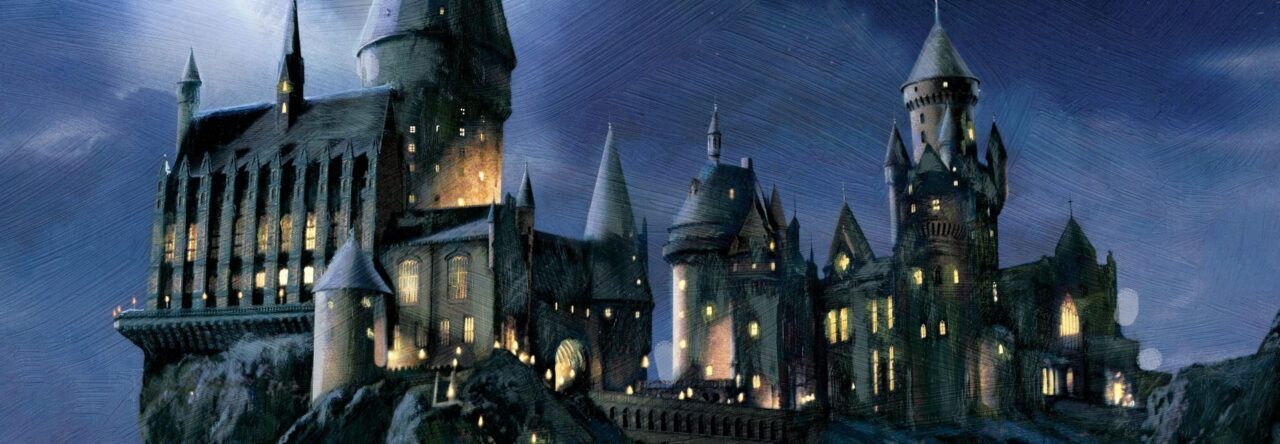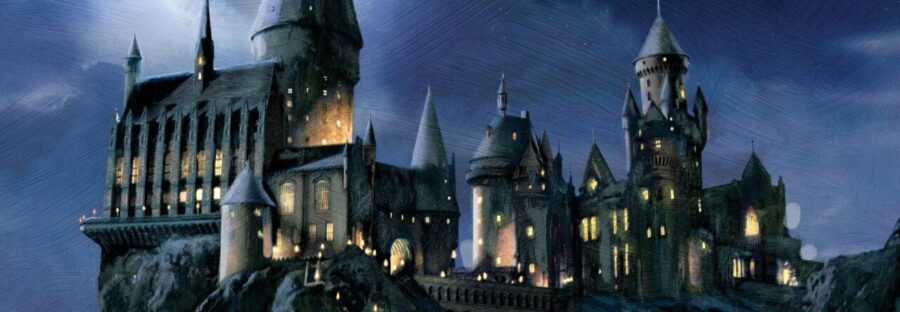By: Luke Wilson

How Social Media has completely ruined our concept truth.
Did you know that over 60% of people have trouble telling the difference between real news and fake news online? It makes you wonder—how much of what we see on social media is real, and how much of it is fabricated?
Social media has changed how we see ourselves and the world. But as these platforms get bigger, it gets harder to tell what’s true and what’s not. Fake news spreads faster than ever, and curated online lives make us question what’s real. It’s more important than ever to figure out where the line is between truth and lies. These days, what we see online can feel more real than our actual lives.
I will be arguing that false realities on social media make it difficult to distinguish between what’s authentic and what’s a carefully crafted version of the truth, challenging the distinction between fact and fiction.
Fake news has become a big problem in today’s world. Social media platforms make it easy for false stories to go viral, often spreading faster than real news. People believe and share fake news because of bias, emotional appeal, or simply not fact-checking.
Algorithms amplify this by pushing content, users are likely to engage with, whether it’s true or not. We watched how algorithms take your interests and further fuel them. This has led to confusion, mistrust in institutions, and real-world harm, like division during elections or panic in health crises. The challenge now is finding ways to stop harmful misinformation while protecting free speech.

In Çiçek Coşkun’s article, The Illusion of Flawless Life on Social Media: Vlogs and Real Life, he goes into how social media warps reality, making it tough to know what’s real. A 2016 study cited by Coşkun found that only 18% of men and 19% of women felt their Facebook profiles reflected their true selves. Additionally, many influencers admit feeling lonely and stressed, as their curated online personas often clash with their real lives. This reveals how social media fosters illusions and distorts the line between truth and fiction.
In a separate article, Propaganda of Truth: Exploring the Illusion and Fragmentation of Democracy through Social Media Users’ Consumption of Political Propaganda, Pablo Riquelme discusses the ease with which false information spreads online. He highlights that users often believe content on social media without questioning it, creating false assumptions. Riquelme states, “The big issue with user experience on social media is the ease with which users accept content uncritically.” This uncritical acceptance of fake information can turn social platforms into chaotic spaces, reinforcing how social media blurs the distinction between truth and fabrication.
Additionally, Kai Shu and her colleagues explore a different perspective of misinformation in their article, Fake News Detection on Social Media: A Data Mining Perspective. They looked into how social bots and trolls actively spread fake news, such as during the 2016 U.S. presidential election, when 19 million bot accounts posted misleading content in support of political candidates. Trolls, driven by the desire to provoke emotional responses, further amplify these false narratives. This demonstrates how social media enables false realities to grow, making it increasingly difficult to discern fact from fiction.
These articles provide a clear picture of how social media creates false realities, making it difficult to distinguish between authenticity and fabrication. Çiçek Coşkun’s article reveals how social media influencers and users present carefully curated personas that often don’t match their real lives, leading to a distorted sense of reality. The 2016 study states, showing that only a small percentage of people feel their Facebook profiles reflect their true selves. Pablo Riquelme’s work adds that users often accept content without questioning its validity, allowing misinformation to spread easily and creating chaotic online spaces. Additionally, Kai Shu and his colleagues highlight how social bots and trolls spread fake news, further complicating the line between truth and falsehood. Together, these sources demonstrate how social media blurs the distinction between reality and illusion, making it harder for individuals to differentiate fact from fiction.
Conflictingly, some people say social media isn’t really the problem—it’s how people use it. They argue that it’s up to us to think critically about what we see and share online. Social media can actually help by giving us lots of different viewpoints and more access to information. If people learned how to spot fake content better, they wouldn’t get tricked as easily. In this view, social media is just a tool, and it’s our responsibility to use it the right way.
However, while critical thinking is important, the real issue lies in how social media platforms are designed. As stated before, these algorithms prioritize content that will grab our attention, making it easier for misinformation to spread, even if users are trying to be careful. The sheer volume of information and tactics used by bots and trolls overwhelm people’s ability to distinguish fact from fiction. So, social media isn’t just a neutral tool; it actively shapes what we see, making it harder to spot fake content.

As we watched in The Social Dilemma, social media uses algorithmic manipulation, echo chambers, spread of misinformation, impact of “likes”, and data exploitation, to get your attention and keep you engaged, whether they show you authentic or fake news, they only care to get you involved. It’s explained that social media tracks every like, comment, and share to figure out what keeps you interested. Once it knows, it keeps showing you similar posts, even if those posts are fake or misleading. The platforms don’t care about the truth—they care about getting your attention. So, the more you like or comment on certain types of content, the more you’ll like it, which can make it harder to tell what’s real. This constant cycle of similar content makes it challenging to distort information shown to us.
All in all, Social Media has completely ruined our concept of truth.
Works Cited
Coşkun, Çiçek. “The Illusion of Flawless Life on Social Media: Vlogs and Real Life.” Uluslararası Sosyal Bilimler Akademi Dergisi, vol. 2, no. 4, 2021, pp. 145–159, doi:10.47994/usbad.898518. Accessed 9 Dec. 2024.
Riquelme, Pablo. Propaganda of Truth: Exploring the Illusion and Fragmentation of Democracy through Social Media Users’ Consumption of Political Propaganda. Spring 2017, www.static1.squarespace.com/static/5865752ff5e231720794e310/t/59809d5f6a49631442c8cc3e/1501601121556/Pablo_Riquelme_Propaganda+of+Truth+Exploring_Graphic_Design_Spring2017.pdf. Accessed 9 Dec. 2024.
Shu, Kai, et al. “Fake News Detection on Social Media: A Data Mining Perspective.” Proceedings of the 23rd ACM SIGKDD International Conference on Knowledge Discovery and Data Mining, 2017, doi:10.1145/3137597.3137600. Accessed 9 Dec. 2024.
The Social Dilemma, directed by Jeff Orlowski, Exposure Labs, 2020, Netflix, netflix.com/title/81254224


















